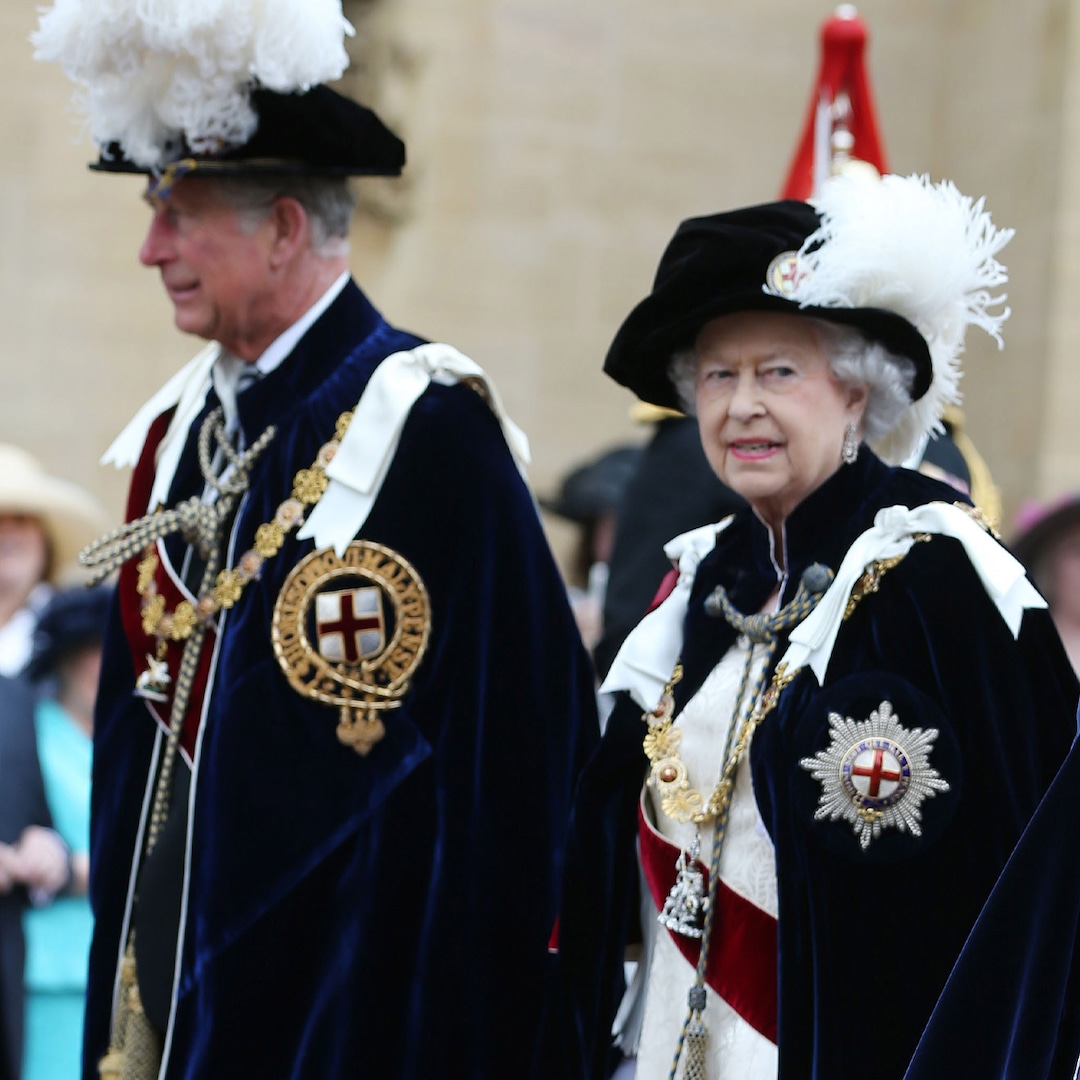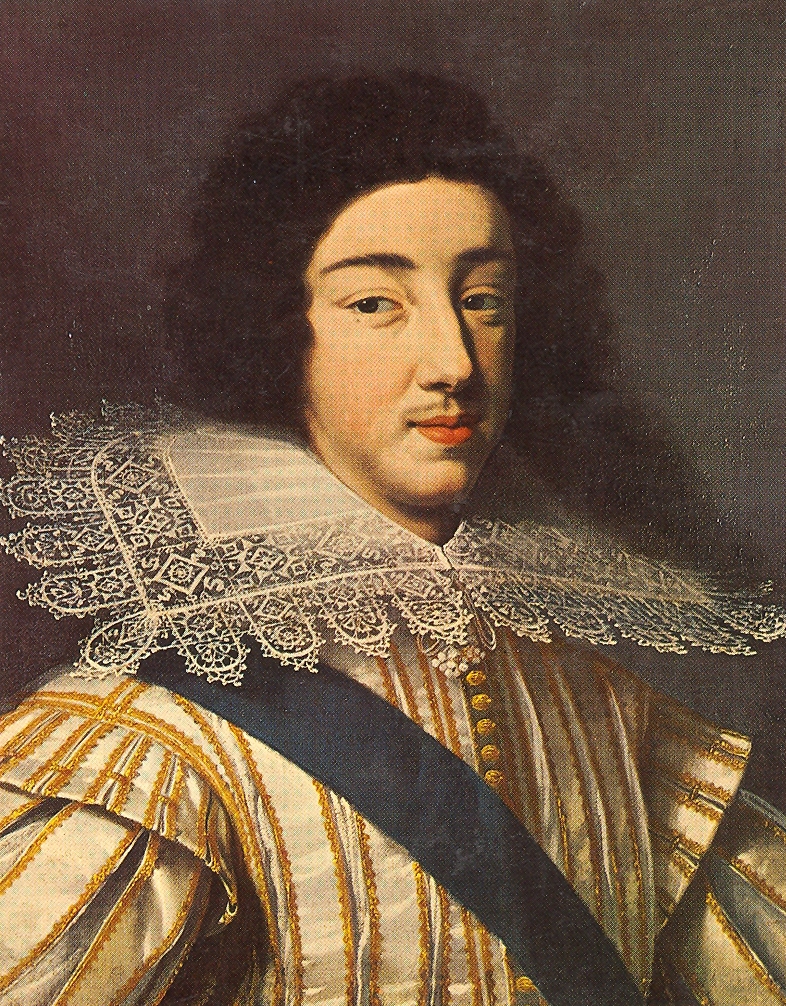Chronology
LA GASTONNADE
___________________________________________
What if Gaston d'Orléans become King of France ?

___________________________________________
What if Gaston d'Orléans become King of France ?
“ Jamais règne ne fut plus doux, plus tranquille, ni plus heureux que l'a été le sien ; et, en vérité, de semblables princes devraient naître un peu plus souvent, ou ne point mourir.
( Never was a reign more gentle, more tranquil, nor more happy than his; and, in truth, such princes should be born a little more often, or not die at all ). „
Jean de La Fontaine, Relation d'un voyage de Paris en Limousin, 1663
Chapters:
Gaston I | King's entourage | Internal affairs | Foreign affairs | Intrigues and trivia |
| Chateauneuf conspiracy (September—December 1631) |
Chronology
1608, April, 24 — Birth of Gaston Jean Baptiste, Duke of Anjou.
1610, May, 14 — Assassination of Henry IV. Louis XIII become king.
May, 15 — The Parliament of Paris give the Regency to Marie de' Medici.
October, 17 — Coranation of Louis XIII at Reims.
1611, November, 17 — Death of the Duke of Orléans. Gaston becomes heir to the throne.
1614, June, 15 — Baptism of Gaston.
October, 2 — Declaration of majority of Louis XIII.
1615, March, 27 — Death of Margaret of Valois.
April, 2 — Marie de' Medici begins construction of the Luxembourg Palace.
July, 13 — François Savary de Brèves is appointed governor of the Duke of Anjou.
November, 28 — Marriage of Louis XIII and Anna of Austria in Bordeaux.
1616, November, 24 — Richelieu enter into the Council.
1617, April, 24 — Assassination of Concino Concini.
April, 25 — Brèves cedes his office as governor of Gaston to his brother the Comte de Lude.
December, 3 — Gaston at the Assembly of Notables of Rouen.
1618, April, 16 — Richelieu exiled at Avignon.
May, 23 — Defenestration of Prague. Start of the Seventeen Years' War.
1619, February, 22 — Beginning of the "First war" between Marie de' Medici and Louis XIII.
April, 30 — End of this "First war".
September — Jean-Baptiste d'Ornano is appointed gouvernor of Gaston after death of Lude.
1620, July-August — "Second war" of mother and son.
October — Start of the Huguenot rebellions of Louis XIII.
October, 19 — Attachment of Béarn and Navarre to the French Crown.
1621, September, 8 — Birth of Louis de Bourbon, Duke of Enghein
December, 14 — Death of the Duke of Lyunes.
1622, September, 5 — Richelieu become cardinal.
1624, April, 29 — Richelieu's second entry into the Council.
May — Ornano separated from Gaston.
1626, May, 3 — Gaston's first participation in the Council of State.
May, 6 — Arrest of Ornano, who became marshal, governor of Monsieur.
June-August — Chalais conspiracy.
June, 1 — Michel Marillac is appointed Keeper of the Seals
June, 13 — Arrest of the Vendôme's brother, César and Alexandre.
July, 8 — Arrest of the Comte of Chalais.
August, 5 — Wedding of Gaston and Marie de Bourbon, Duchess of Montpensier. Gaston obtains the Duchy of Orléans as an appanage.
August, 19 — Execution of Chalais at Nantes.
1627, May, 29 — Birth of Anne Marie Louise, first child of Gaston.
June, 4 — Death of Marie de Bourbon.
June, 22 — Execution of the Comte de Bouteville.
September, 12 — Start of the siege of La Rochelle; management of operations by Gaston.
October, 12 — Louis XIII arrives in La Rochelle; the king takes command of the royal army.
November, 16 — Gaston leave La Rochelle to Paris.
1628, October, 28 — Capitulation of La Rochelle.
1629, January, 19 — Publication of the Ordinance on complaints and grievances of the Estates General of 1614 and of the Assemblies of notables of 1617 and 1626, known as the "Michau Code".
March, 6 — Louis XIII forces Suza gorge and rescues Charles Gonzaga.
March, 18 — Lifting of the siege of Casal by the Spanish.
June, 28 — Edict of grace of Nîmes, known as Peace of Alès, which puts an end to the Huguenot rebellions.
September — Exile of Gaston in Lorraine.
November, 21 — Richelieu is appointed "chief minister of state".
December, 29 — Departure of Richelieu for a second Italian campaign.
1630, February — Return of Gaston of Orléans to France
March, 23 — Capture of Pignerol by the French.
May-July — Invasion and conquest of the Savoy by Louis XIII.
July, 18 — Capture of Mantua by the Imperials.
Sept, 4-Oct, 15 — Truce between the French and the Hispano-Imperials.
September, 30 — P O D; Louis XIII died at Lyon. Gaston I become king.
October, 2 — Arrest of Cardinal Richelieu at Fontainebleau.
October, 3 — Liberation of the Duke of Vendôme.
October, 13 — Treaty of Regensburg between the Empire and France.
October, 26 — Mazarin intervenes between the French and the Spanish at Casale.
November, 1 — Coronation of Gaston I at Reims.
1631, February, 15 — Start of Richelieu's trial.
April, 31 — Treaty of Cherasco regulating the affairs of Italy between France, the Emperor, Spain and Savoy.
May, 30 — Treaty of Fontainebleau between Bavaria and France.
July, 15 — Mathieu de Morgues appointed Bishop of Orléans.
September-December — Châteauneuf conspiracy.
December, 16 — Exile of Chateauneuf in Berry
December, 28 — Mariage of the Duke of Puylaurens and Henriette of Lorraine.
1632, January, 5 — Treaty of Nancy between Gaston I and Charles IV, Duke of Lorraine.
March, 29 — Treaty of Saint-Germain-en-Laye retroceding the colonies of Canada and Acadia to France occupied by England.
November, 16 — Battle of Lützen. Victory and death of Gustavus Adolphus.
1633
1634
1635
Work in progress ...
March, 23 — Capture of Pignerol by the French.
May-July — Invasion and conquest of the Savoy by Louis XIII.
July, 18 — Capture of Mantua by the Imperials.
Sept, 4-Oct, 15 — Truce between the French and the Hispano-Imperials.
September, 30 — P O D; Louis XIII died at Lyon. Gaston I become king.
October, 2 — Arrest of Cardinal Richelieu at Fontainebleau.
October, 3 — Liberation of the Duke of Vendôme.
October, 13 — Treaty of Regensburg between the Empire and France.
October, 26 — Mazarin intervenes between the French and the Spanish at Casale.
November, 1 — Coronation of Gaston I at Reims.
1631, February, 15 — Start of Richelieu's trial.
April, 31 — Treaty of Cherasco regulating the affairs of Italy between France, the Emperor, Spain and Savoy.
May, 30 — Treaty of Fontainebleau between Bavaria and France.
July, 15 — Mathieu de Morgues appointed Bishop of Orléans.
September-December — Châteauneuf conspiracy.
December, 16 — Exile of Chateauneuf in Berry
December, 28 — Mariage of the Duke of Puylaurens and Henriette of Lorraine.
1632, January, 5 — Treaty of Nancy between Gaston I and Charles IV, Duke of Lorraine.
March, 29 — Treaty of Saint-Germain-en-Laye retroceding the colonies of Canada and Acadia to France occupied by England.
November, 16 — Battle of Lützen. Victory and death of Gustavus Adolphus.
1633
1634
1635
Work in progress ...
Last edited:



